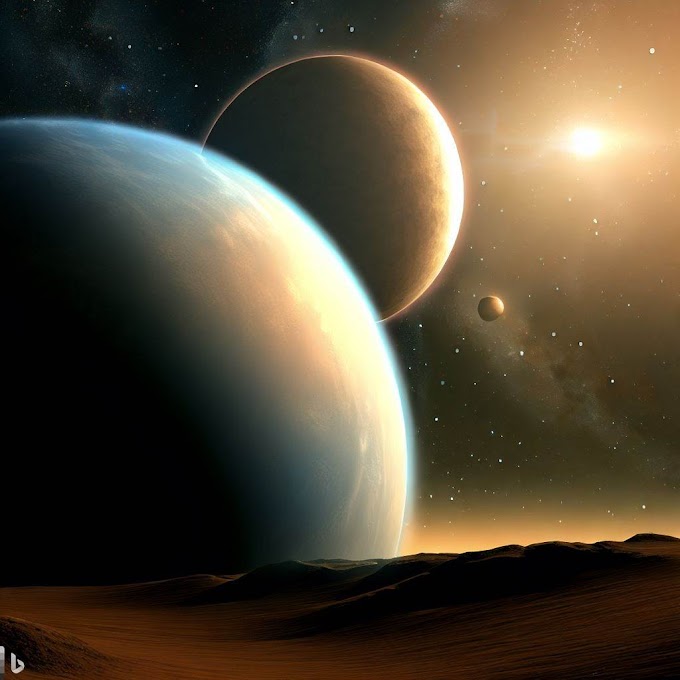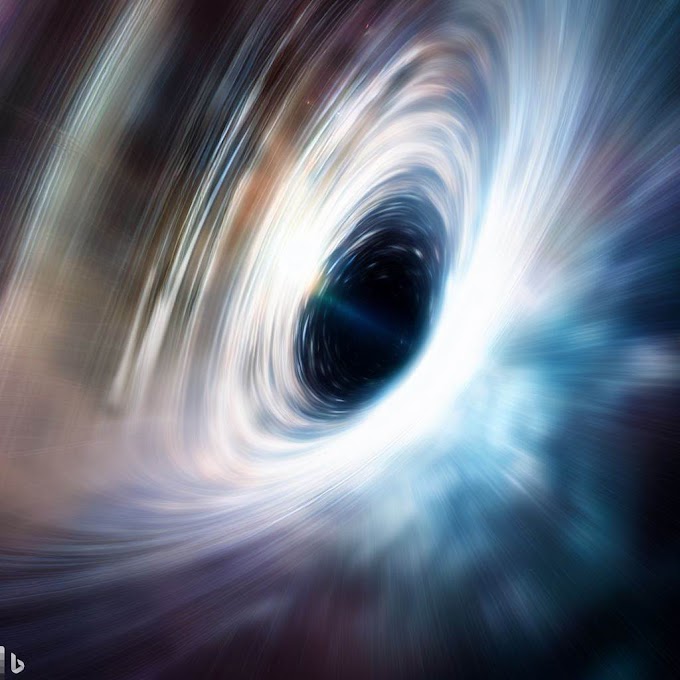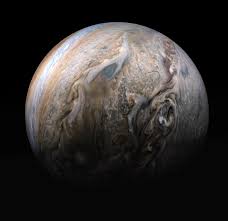Jupiter, the planet with its own solar system
 |
| JUPITER |
Jupiter is the star planet of the Solar System: The most beautiful, the biggest, the most mysterious, the fastest, the scariest, the most charismatic, the stormy, the loudest, the most radiant, the most admired, the most curious!...
Jupiter, when viewed from Earth, is the fourth brightest object on the sky after the sun, moon and Venus. It is also one of the five planets visible from Earth. Although Jupiter is the largest planet in the solar system, is the fastest rotating planet around its axis. A day on the planet takes about 9 hours and 55 minutes. One year of Jupiter is equal to 11.8 earth years.
Jupiter could be considered an independent solar system, only in miniature form. The gas giant has the same basic ingredients as the sun and is surrounded by dozens of geologically diverse moons. Out of the 79 confirmed surrounding Jupiter, four ancient moons have astronomers really excited because they offer up some of the most distinctive geology in solar system, including clues of deep, subsurface oceans that could be home to life.
The Galilean moons=
 |
| The Galilean Satellites Galilean moons are named after Galileo Galilee, who first observed them in 1610 |
 |
| IO |
 |
| Europa oceans |
Second Galilean moon is home to a deep subsurface ocean up to twice the volume of Earth's oceans. Europa is the 6th closest satellite to Jupiter and the sixth largest in the Solar System. Europa, which has a structure suitable for alien beings to survive, was known for the presence of a giant ocean under the thick layer of ice on its upper layer.Astronomers think there may be a salty ocean that could harbor life-bearing, chemistry including organic molecules.
 |
| Europa |
The depth of the ocean owned by Europa is 10 times greater than that of the Earth.This satellite, which has a mass of approximately 0.010% compared to Earth, has the potential to host 3 times more water than Earth, although it is extremely small.
Do you think alien octopuses might live in Europa?
 |
| Ganymede |
 |
| Callisto |
 |
| The great red spot |
There are violent and huge storms on the planet that have been going on for centuries. The speed of these storms is 644 km per hour. The great red spot is an enormous storm that is three times larger than Earth and blows at a speed of 400 km per hour. The storm has been going on for more than 350 years.
Jupiter has thin rings. Jupiter’s rings likely formed when chunks of rock or ice crashed into the small moons that now reside within the rings. The collisions blasted dust into space that then encircled the planet. Jupiter has very strong gravity. Any creature or object that weighs 100 kilos in the world is 236.4 kilograms in Jupiter. its magnetic field is also very strong. It is almost 20000 times stronger than Earth's magnetic field. Jupiter has no solid surface. The liquid core of the planet, which is a large gas cannon, It is thought to be the size of the earth. At the same time, Jupiter's atmosphere is mostly composed of hydrogen and helium.
SOURCES:NASA ,Wikipedia















1 Yorumlar
İts a great thank you
YanıtlaSil